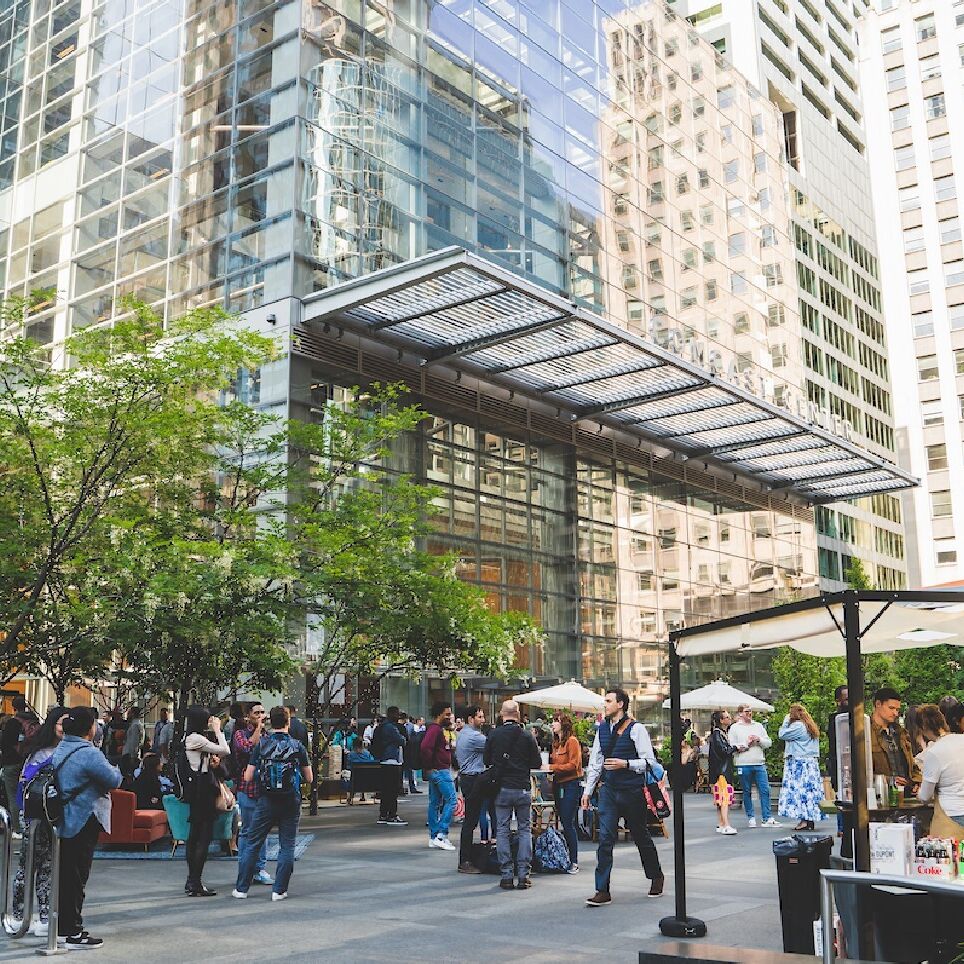
Jobs are back, salaries are rising, Center City’s population continues growing, conventions, tourism and retail are all rebounding, and pedestrian vitality is almost fully restored in many portions of the downtown. Office vacancy, however, is rising, challenged by a partial return to office and reinforced by a wage tax that encourages suburban residents to remain remote, a new Center City District/Central Philadelphia Development Corporation (CCD/CPDC) report notes.
Reduced office occupancy leads to decreased demand for middle-wage and entry-level jobs in building management, maintenance and security, as well as transportation, retail and restaurant workers who are reliant on the presence of other workers and don’t have the luxury of working remotely. Consequently, many working-class and middle-income neighborhoods outside of Center City are once again losing population for the first time in more than a decade.
Among the findings in the new CCD/CPDC report:
- By April 2023, Philadelphia held 765,200 jobs on a seasonally-adjusted basis, 1.6% more than in February 2020, the previous high point of employment since 1990.
- Key industries in the office sector—information, financial, professional and business services—have matched or exceeded April 2019 levels, as have non-government educational services, health care and social assistance, federal employment and construction.
- The sectors that have not yet fully recovered to 2019 levels include manufacturing, wholesale and retail trade, transportation, warehousing and utilities, leisure and hospitality, and state and local government.
- Philadelphia workers’ earnings have accelerated from a 2.4% average increase per year between 2009 and 2019 to a 4.2% average annual increase from 2019 to 2022.
- 448,000 square feet of Center City office space was vacated in the first quarter of 2023, bringing the overall vacancy rate to 19.6%, up from 12% in 2019. Asking rents remain stable, although market concessions, like tenant improvement allowances and months of free rent, have increased.
- Wage tax collections in Q1 2023 totaled $617 million, 10.6% higher than Q1 2019, but 7% below the 2019 level when adjusted for inflation. This is likely because non-resident workers who are directed by employers to work from home are exempt from the wage tax on income earned while working remotely.
- By contrast, local sales tax collections have recovered more rapidly than the wage tax, with Q1 2023 collections reaching 128% of Q1 2019.
- Hotel occupancy rates have been trending upward since 2020, reaching 67.2% as of May, but well below the industry’s 2018 peak at 79.6% occupancy.
- The official Census Bureau estimate of Philadelphia’s population as of July 1, 2022 was 1,567,258, a decline of 36,500 since April 1, 2020. The trends in Greater Center City, however, have moved in the other direction.
- As of May 2023, there were 339,400 people downtown on an average day, 75% of the number present in May 2019. Numbers of pedestrians who were residents reached 113% of the May 2019 levels, non-resident workers were at 61% and visitors at 75% (90% on weekends).
- SEPTA ridership in April showed a 1.5% decline from the prior month. Some segments of the system saw relatively large declines in April, with bus riders declining 2.7%, trolley riders down 3%, and riders on the Market-Frankford Line and Broad Street Line declining 1.4% and 1.5% respectively.
Download the 11-page report, Shaping the Future We Want: Economic Recovery, June 2023, featuring a narrative of trends and recommendations about how local leaders shape the future of the city.